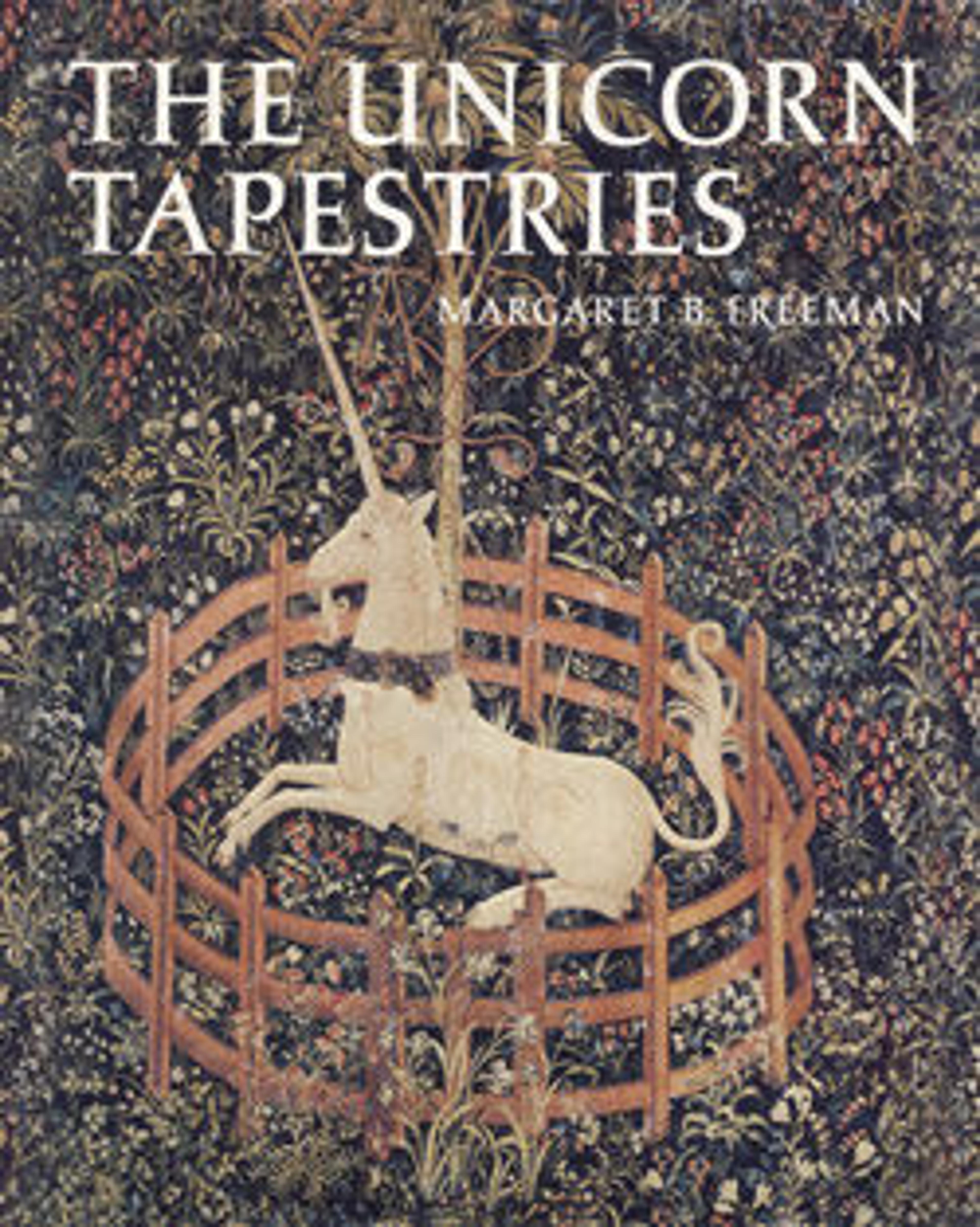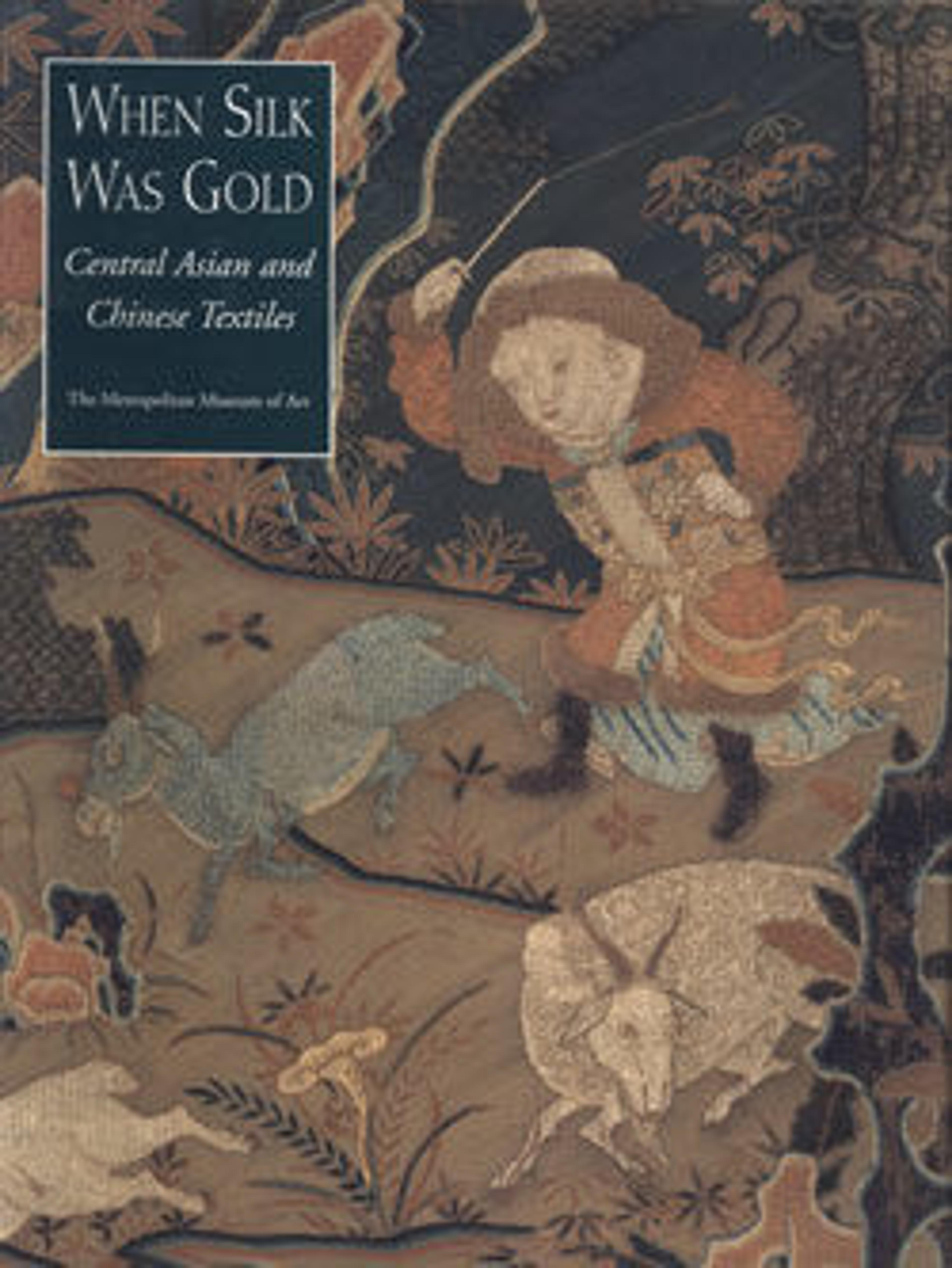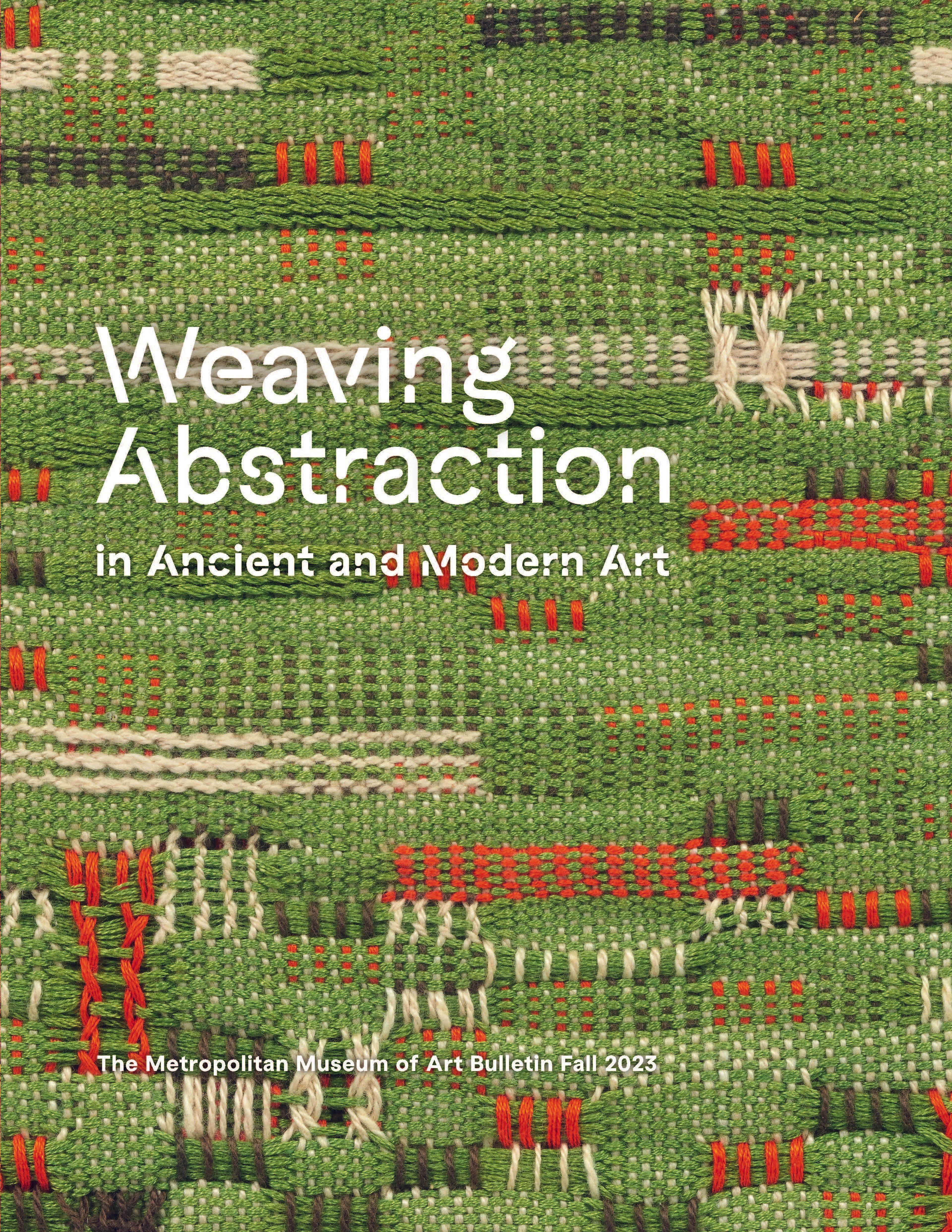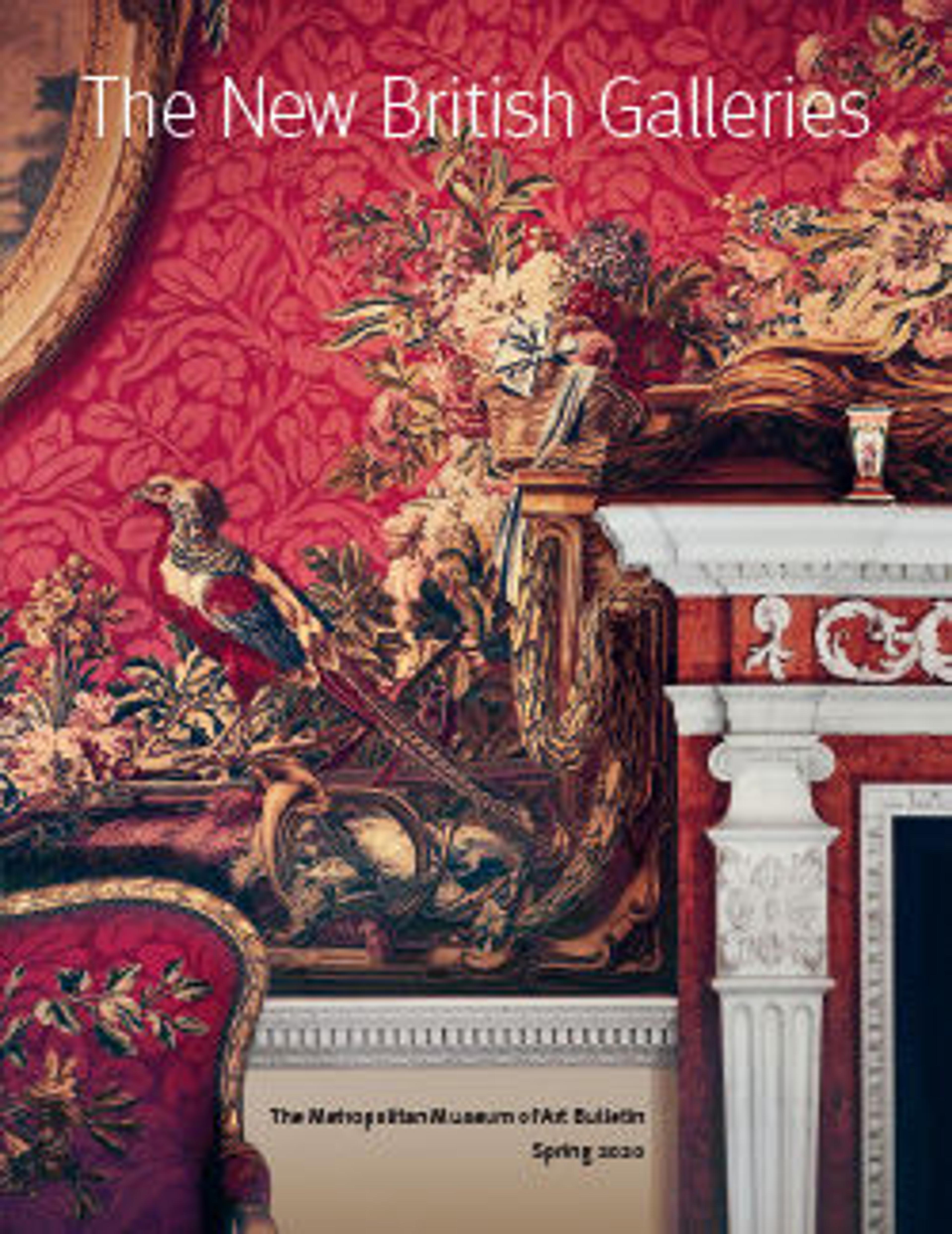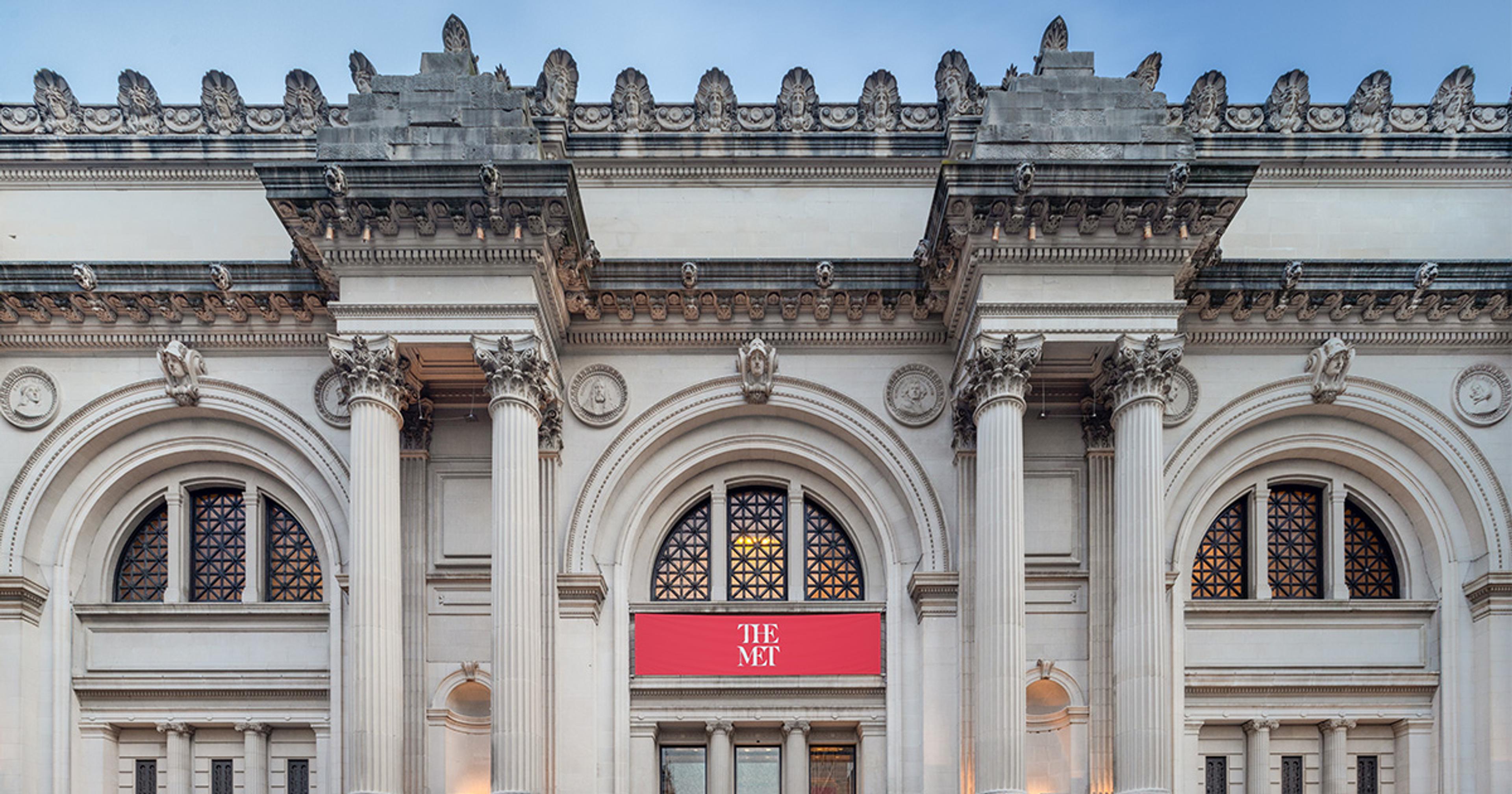
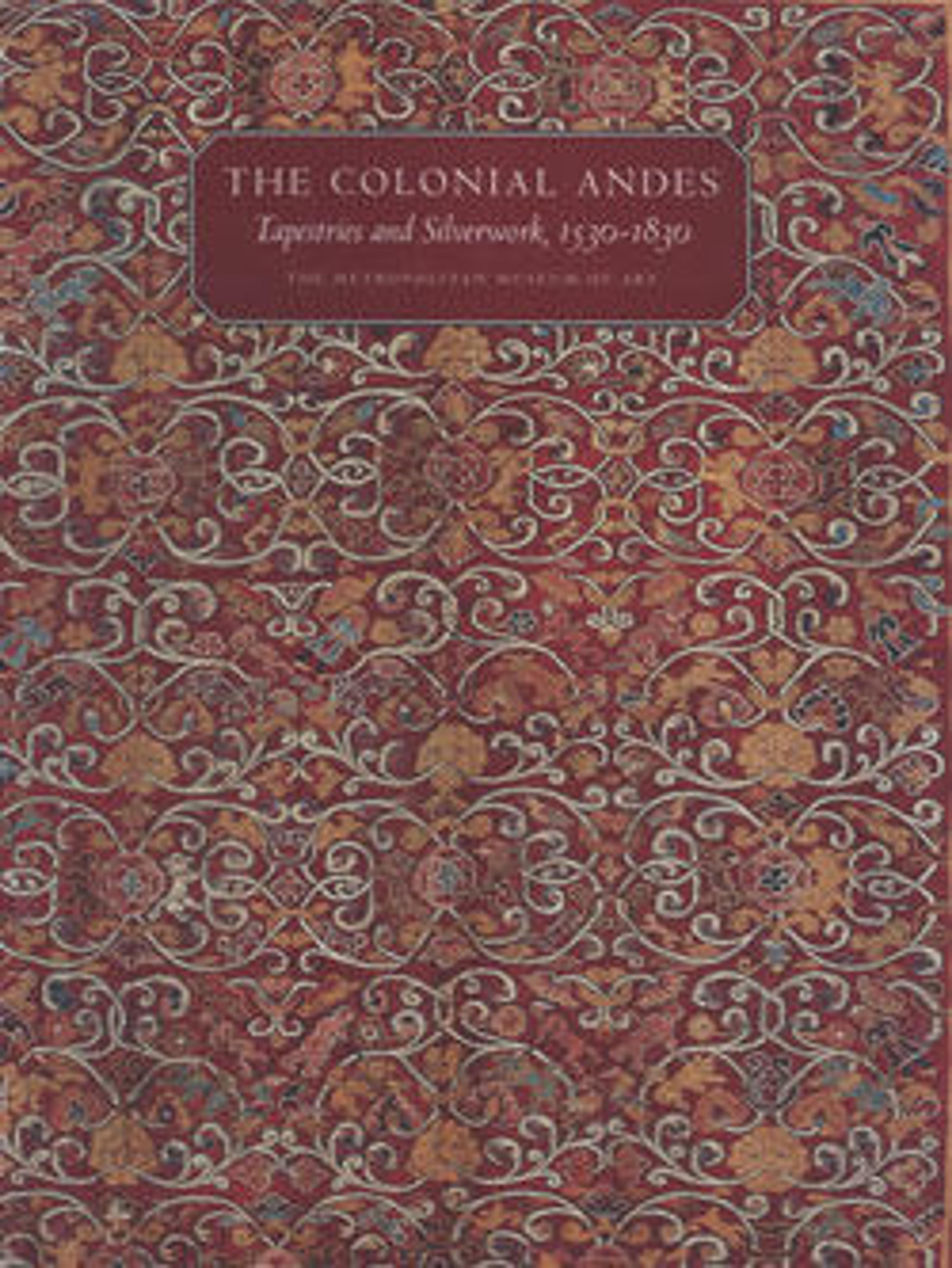
The Colonial Andes: Tapestries and Silverwork, 1530–1830
When the Spanish landed on the coast of what is today Peru in 1532, they encountered the socially complex, artistically vibrant Inca Empire, whose vast, geographically diverse domain encompassed almost the entire length of the rugged Andes. Inca master weavers and metalsmiths, building on thousands of years of local artisanal mastery, had created a spectacular body of imperial art whose bold, mostly geometric designs were powerful expressions of Inca identity and sovereignty. Within one generation that culture had been forever transformed by the establishment of the viceroyalty of Peru. The remarkable exchange of cultures that ensued brought Europe and the New World together through a vibrant trade in goods, services, and ideas, creating a unique society that was richer and far more intriguing than the mere sum of its influences.
Tapestry weaving and silverwork, for centuries two of the primary art forms in the Andes, flourished during the colonial era, as many highly skilled indigenous artists were inspired by exotic new design sources form around the world. The refined weaving methods the Inca had cultivated were put to use crafting all manner of textile goods, from grand armorial hangings to meticulously woven garments, bedcovers and carpets. SIlverwork, too, was transformed, especially after the discovery of great lodes of the precious metal in the mountains above the town of Potosí, in modern Bolivia. Native metalworkers and European immigrant silversmiths alike struggled to keep pace with commissions, which included every variety of domestic object—from ewers, trays and basins to incense burners—as well as ecclesiastical pieces, such as the elaborate monstrances used to display the consecrated Host during Mass.
Of the many dramatic changes brought about in Andean daily life and art during the viceregal period, none had as profound or lasting an impact as the introduction of Christianity. The patronage of the Roman Catholic Church, one of the most powerful forces in viceregal society, is still evident in the majestic cathedrals and churches of major cities such as Arequipa, Lima, and Cuzco, whose treasuries abound with beautifully worked liturgical vessels and implements, and in the many convents and smaller parishes scattered about the Peruvian and Bolivian countryside. Perhaps nowhere was the Baroque grandeur of colonial Peru more evident than in Cuzco, the former Inca capital, especially during the festival of Corpus Christi. This annual celebration evolved into a spectacular procession that was, in effect, a showcase for civic allegiance, Christian devotion, and material wealth.
This unique volume illustrates and discusses in detail more than 160 extraordinary fine and decorative art works of the colonial Andes, including examples of the intricate Inca weavings and metalwork that preceded the colonial era as well as a few of the remarkably inventive forms this art took after independence from Spain. An international array of scholars and experts examines the cultural context, aesthetic pre-occupations, and diverse themes of art from the viceregal period, particularly the florid patternings and the fanciful beasts and hybrid creatures that have come to characterize colonial Andean art.
Met Art in Publication
You May Also Like
Press the down key to skip to the last item.
Citation
Phipps, Elena, Johanna Hecht, Cristina Esteras Martín, and Luisa Elena Alcalá. 2004. The Colonial Andes: Tapestries and Silverwork, 1530-1830. New York : New Haven: Metropolitan Museum of Art ; Yale University Press.
